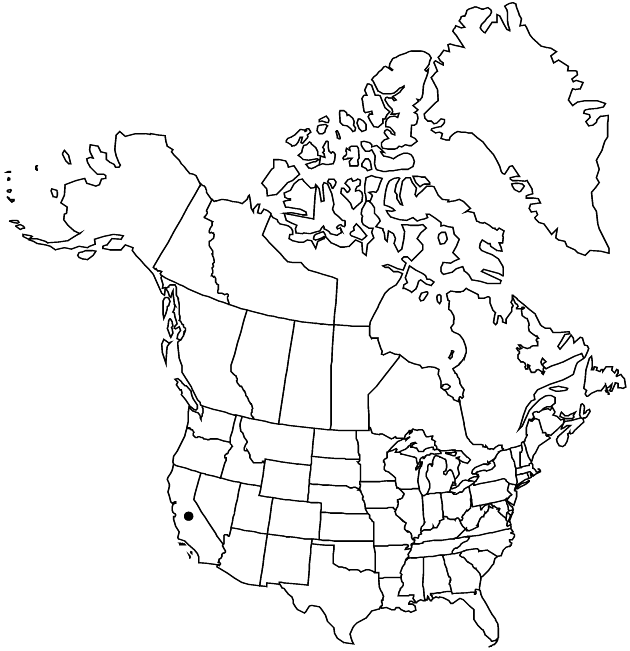Difference between revisions of "Ericameria palmeri"
Univ. Calif. Publ. Bot. 3: 53. 1907.
FNA>Volume Importer |
FNA>Volume Importer |
||
| Line 10: | Line 10: | ||
|name=Haplopappus palmeri | |name=Haplopappus palmeri | ||
|authority=A. Gray | |authority=A. Gray | ||
| + | |rank=species | ||
|publication_title=Proc. Amer. Acad. Arts | |publication_title=Proc. Amer. Acad. Arts | ||
|publication_place=11: 74. 1876 (as Aplopappus) | |publication_place=11: 74. 1876 (as Aplopappus) | ||
| Line 48: | Line 49: | ||
-->{{#Taxon: | -->{{#Taxon: | ||
name=Ericameria palmeri | name=Ericameria palmeri | ||
| − | |||
|authority=(A. Gray) H. M. Hall | |authority=(A. Gray) H. M. Hall | ||
|rank=species | |rank=species | ||
| Line 60: | Line 60: | ||
|publication year=1907 | |publication year=1907 | ||
|special status= | |special status= | ||
| − | |source xml=https://jpend@bitbucket.org/aafc-mbb/fna-data-curation.git/src/ | + | |source xml=https://jpend@bitbucket.org/aafc-mbb/fna-data-curation.git/src/eaa6e58056e40c9ef614d8f47aea294977a1a5e9/coarse_grained_fna_xml/V19-20-21/V20_124.xml |
|tribe=Asteraceae tribe Astereae | |tribe=Asteraceae tribe Astereae | ||
|genus=Ericameria | |genus=Ericameria | ||
Revision as of 19:25, 16 December 2019
Plants 50–400 cm. Stems erect, much branched, twigs crowded, green when young, becoming reddish brown to gray, glabrous or sparsely hairy, usually covered with resin-filled pits. Leaves (moderately crowded) ascending to spreading; blades linear to narrowly oblanceolate (terete, sulcate, or flattened), 5–50 × 0.5–2 mm, midnerves obscure or evident abaxially, apices acute, faces glabrous or moderately hairy, gland-dotted (in circular, deep pits), resinous; axillary fascicles with 1–10 leaves, shorter than subtending leaves. Heads in racemiform to thyrsiform arrays (to 50 × 2–15 cm). Peduncles 2–15 mm (bracts 5–10+, leaflike). Involucres turbinate to subcampanulate, 4–7 × 2.5–4 mm. Phyllaries 16–24 in 3–5 series, mostly tan, narrowly oblong to elliptic, 1.5–6 × 0.4–0.8 mm, unequal, mostly chartaceous, midnerves evident on at least distal 1/2, slightly to strongly thickened, expanded distally, (margins narrowly membranous, sometimes ciliate distally) apices acute to rounded, abaxial faces glabrous, outer sometimes gland-dotted (sessile), frequently resinous. Ray florets 2–8; laminae 4–5 × 1–1.8 mm. Disc florets 6–20; corollas 5–7 mm. Cypselae tan to brown, subcylindric, 3.5–4 mm, moderately to densely hairy; pappi off-white to brown, 5–8 mm. 2n = 18.
Distribution

Calif., nw Mexico.
Discussion
Varieties 2 (2 in the flora).
Selected References
None.
Key
| 1 | Leaves 8–20(–30) mm; axillary leaves 2–10 per fascicle; subapical resin ducts on at least outer and mid phyllaries strongly thickened; midnerves usually not evident on proximal 1/2 of each phyllary; florets 6–12(–14); Riverside to Ventura counties, California | Ericameria palmeri var. pachylepis |
| 1 | Leaves 20–40 mm; axillary leaves 1–2 per fascicle; subapical resin ducts on phyllaries not strongly thickened; midnerves usually evident on proximal 1/2 of each phyllary; florets 12–30; San Diego County, California | Ericameria palmeri var. palmeri |